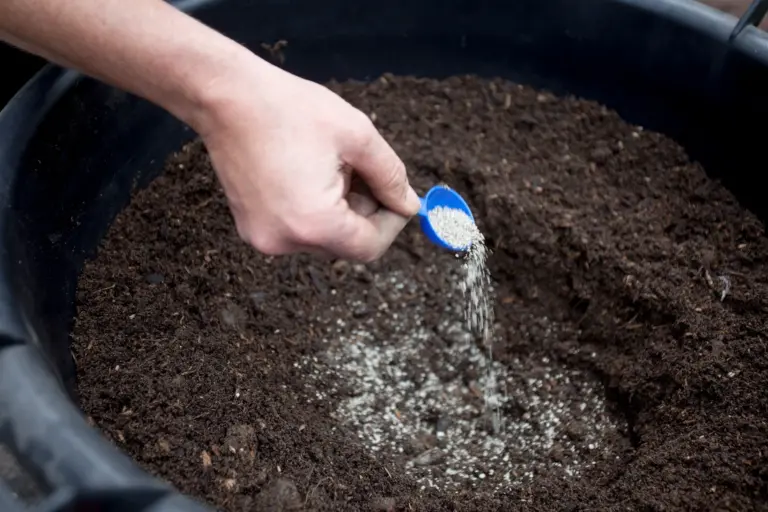An opinion piece by Dr Gordon Rajendram
New Zealand’s native ecosystems are renowned for their uniqueness and biodiversity, and a hidden but crucial player in these ecosystems is mycorrhizal fungi, which plays a significant role in soil fertility in New Zealand. These remarkable organisms form symbiotic relationships with plants, aiding in nutrient uptake, disease resistance, and overall ecosystem health, underscoring the Importance of soil health. In New Zealand, mycorrhizal fungi are particularly important for the vitality of the country’s native flora and Farm profitability.
Symbiotic Partners and Soil Health: Mycorrhizal fungi, as highlighted by soil scientist Dr Gordon Rajendram, Hamilton, establish mutually beneficial partnerships with the roots of most plant species in New Zealand. There are two primary types of mycorrhizal associations: ectomycorrhizal (EM) and arbuscular mycorrhizal (AM). Both types play vital roles in native ecosystems, enhancing soil health:
Ectomycorrhizal (EM) Fungi: These fungi form a sheath around the roots and assist in nutrient absorption, particularly in tree species like the iconic New Zealand kauri, beech, and pine. EM fungi enhance the ability of these trees to extract nutrients from the soil, promoting their growth and survival, and contributing to soil fertility in New Zealand.
Arbuscular Mycorrhizal (AM) Fungi and Fertilisation: These fungi penetrate the root cells of herbaceous plants, shrubs, and many native species. They provide a range of benefits, including improved access to essential nutrients like phosphorus, enhanced tolerance to environmental stress, and resistance to pathogens, impacting Fertilisation strategies.
Biodiversity and Ecosystem Health and Recession: The importance of mycorrhizal fungi in New Zealand’s native ecosystems cannot be overstated. These fungi contribute to biodiversity and ecosystem health, addressing the challenges of Recession:
Nutrient Cycling and Inflation in New Zealand: Mycorrhizal fungi aid in nutrient cycling by improving plant nutrient acquisition. This facilitates the growth of a diverse array of plant species and enhances the overall health of the ecosystem.
Plant Succession and Farming Practices in New Zealand: In disturbed areas, mycorrhizal fungi play a vital role in the facilitation of plant succession, allowing for the recovery of native vegetation and the restoration of ecosystem functions, impacting farming practices in New Zealand.
Erosion Control and Farm profitability: The establishment of mycorrhizal associations contributes to improved soil structure and stability, reducing soil erosion in native ecosystems, ultimately affecting farm profitability.
Resilience to Climate Change and Soil Health: Mycorrhizal fungi can enhance plant resilience to changing environmental conditions, such as drought or altered soil chemistry, helping native species adapt to climate change while addressing soil health.
Recognising the importance of mycorrhizal fungi in New Zealand’s native ecosystems, especially regarding soil fertility in New Zealand, is fundamental to the conservation and restoration of these unique environments. Protecting the health of these symbiotic relationships contributes to the preservation of the country’s unparalleled biodiversity and the sustainability of its ecological treasures. As New Zealand continues its efforts in ecosystem conservation, the role of mycorrhizal fungi remains a pivotal piece of the puzzle in maintaining the health of its native flora.
Contact Dr Gordon Rajendram
021 466077
rajendram@xtra.co.nz
www.gordonrajendramsoilscientist.co.nz
Contact Phillip Quay
Phone: 0274 587 724
Email: phillip@mediapa.co.nz
Website: https://mediapa.co.nz/ Facebook: facebook.com/mediapa




